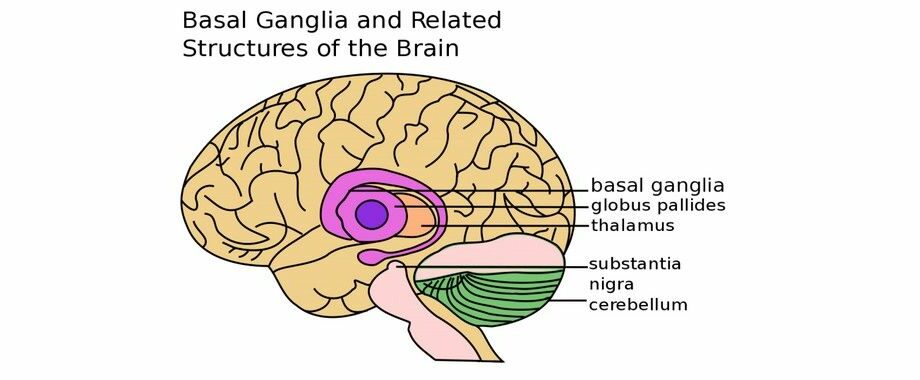Contents
Reptilian brain: what is it?
In the 1960s, Paul D. MacLean, an American physician and neurobiologist, developed the triune brain theory, detailing an organization of the brain into three parts: reptilian brain, limbic brain, and neo-cortex brain. Today demonstrated as obsolete and discredited, we still find this name of “reptilian brain” concerning a part of the brain inherited from reptiles 250 million years ago. What did the reptilian brain mean at the time of this theory? What were its peculiarities? What is the controversy that has discredited this theory?
The reptilian brain according to the triune theory
According to Dr. Paul D. Maclean and his theory established in the 1960s, our brain is organized into three major parts: the limbic brain (comprising the hippocampus, the amygdala and the hypothalamus), the neo-cortex (comprising two cerebral hemispheres) and finally the reptilian brain, present for 500 million years in animal species. These three parts communicate with each other but function as independent bodies. The reptilian brain is often called the “instinctive brain”, since it manages the vital functions of the organism.
Ancestral and archaic brain, the reptilian brain manages the basic needs and the regulation of the vital functions of the organism:
- respiration ;
- body temperature ;
- food ;
- reproduction ;
- cardiac frequency.
Also called “primitive” brain, because of its existence in living beings (fish) for more than 500 million years, it is the brain responsible for the survival instinct, triggering reactions such as flight or flight. aggressiveness, impulses, the instinct of reproduction with a view to the conservation of the species. The reptilian brain then developed in amphibians and reached its most advanced stage in reptiles, around 250 million years ago.
It includes the brainstem and the cerebellum, basically what makes up the brain of a reptile. Very reliable, this brain nevertheless tends to be in the drive and the compulsion. Insensitive to experience, this brain has only a short-term memory, not allowing it to adapt or evolve, like the neo-cortex.
Involved in cognitive functions like attention, it regulates the reactions of fear and pleasure. It is a binary brain (yes or no), the same stimulation will always lead to the same response. An immediate response, similar to a reflex. Depending on the information given to the brain, the decision-making is up to it, and the reptilian brain will take over the limbic brain and the neo-cortex.
Why would the reptilian brain be essential, even in society?
Compulsive attitudes (superstition, obsessive-compulsive disorders) would originate in the reptilian brain. Also, our need in society to rely on a higher authority, or our obsessive need for rituals (religious, cultural, traditional, social, etc.).
Advertising and marketing professionals know it too: a person dependent on his reptilian brain is easily manipulated. Via nutrition or sexuality, they directly address this part of the brain, and obtain “compulsive” type reactions from these people. No evolution via experience is possible once the repetitive reaction scheme is registered.
There is a tendency to believe that in order to live in society, the human being would only need his cognitive functions and emotional faculties, and therefore would only use his neo-cortex and limbic brain. Error! The reptilian brain is not just for our survival.
In addition to our instinct of reproduction which is entrusted to it, and which serves us without our being aware of it in front of other people of the opposite sex, it serves us during certain reactions which are essential to us for life in society. For example, we manage our aggressiveness, the notion of territory and the automatic behaviors linked to societal, religious rituals, etc.
What is the controversy that has discredited the established model of the triune brain?
The theory of the brain established by Paul D. Maclean in the 1960s has been very controversial in recent years by scientific research. We do not deny the existence of a brain in reptiles, but rather the correspondence between their brain and the brain previously called “reptilian” in mammals, including humans.
The brains of reptiles allow them much more elaborate behaviors, associated with the upper brain, such as memory or spatial navigation. It is therefore wrong to believe that the reptilian brain is confined to the most basic and vital needs.
Why has such a misconception lasted so long?
On the one hand, for reasons of social and philosophical beliefs: the “reptilian brain” refers to the duality of human nature, which we find in the oldest philosophies. Moreover, this triune brain diagram seems to be transposed to the Freudian diagram: the components of the triune brain have many similarities with the Freudian “me”, the “superego” and the “id”.










